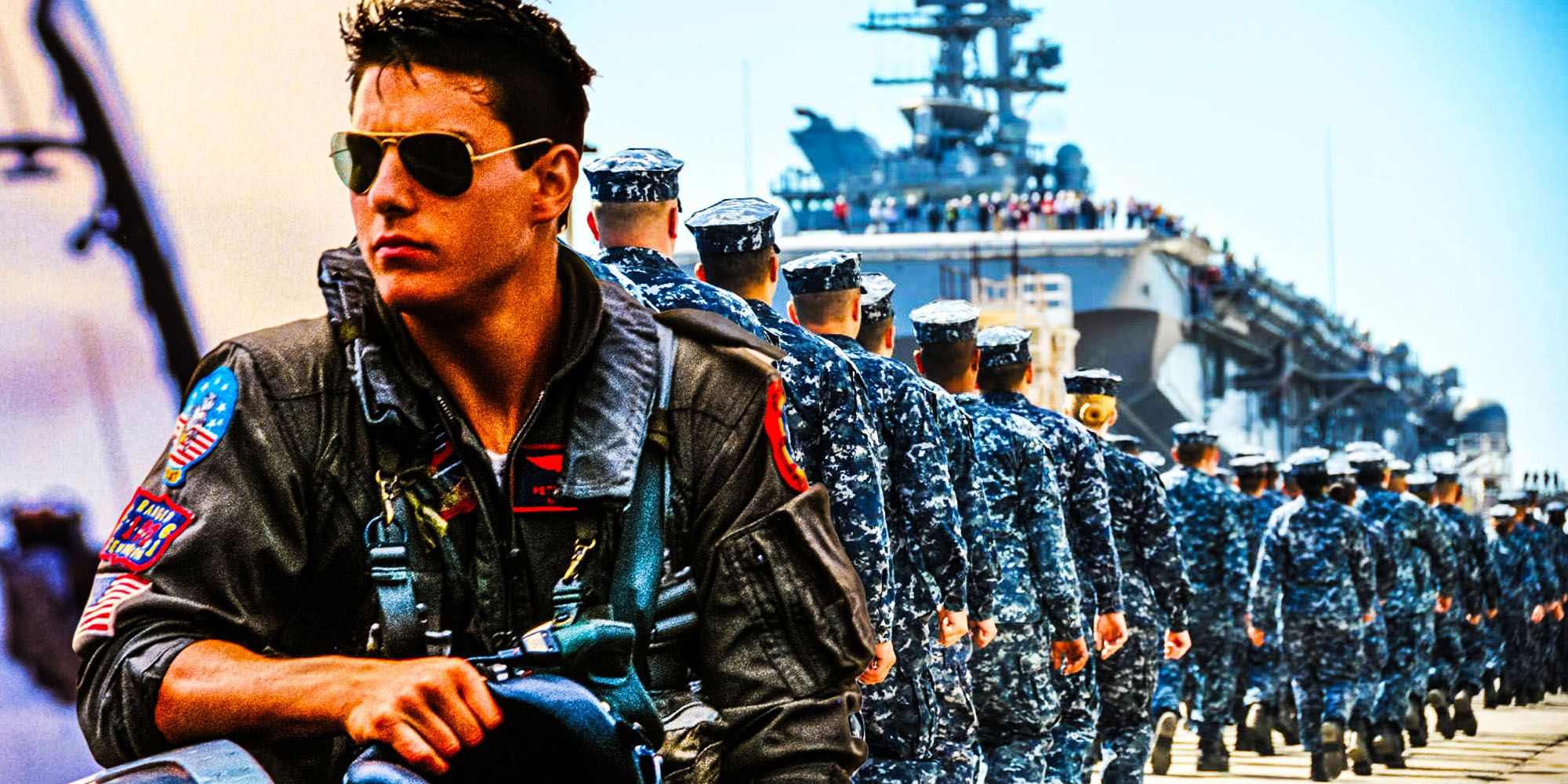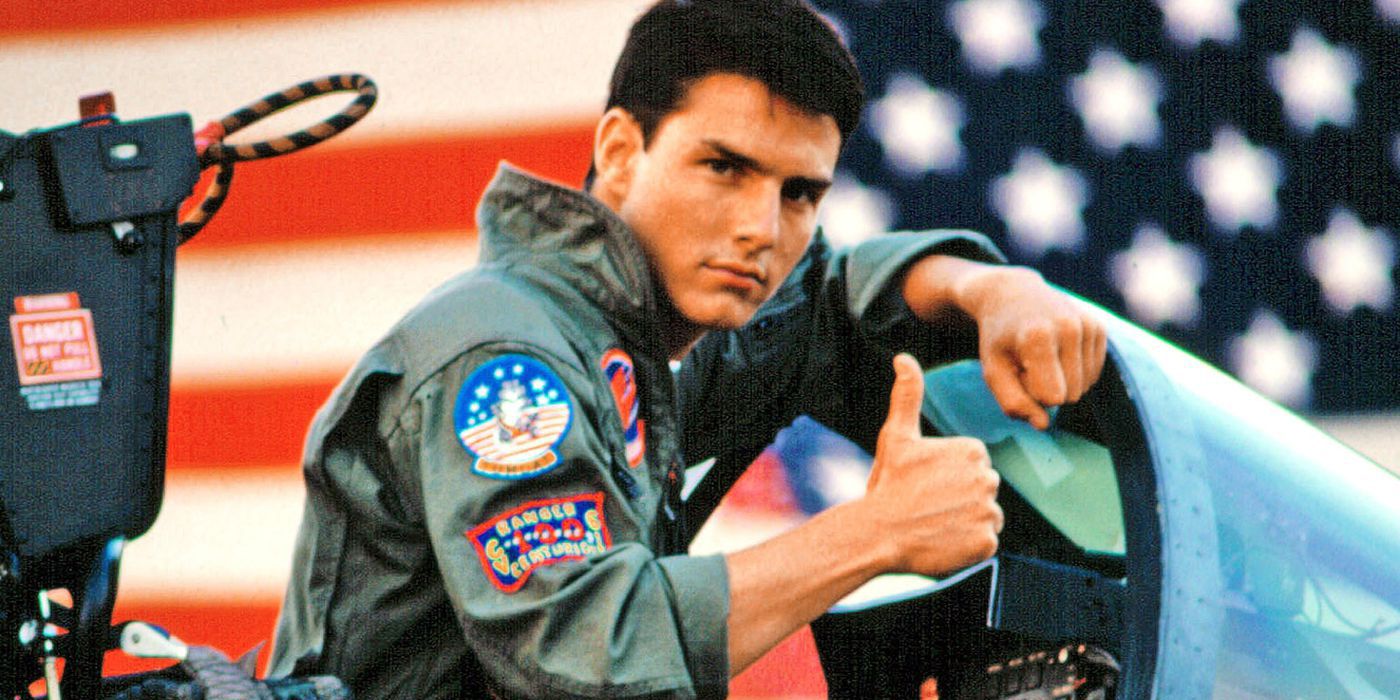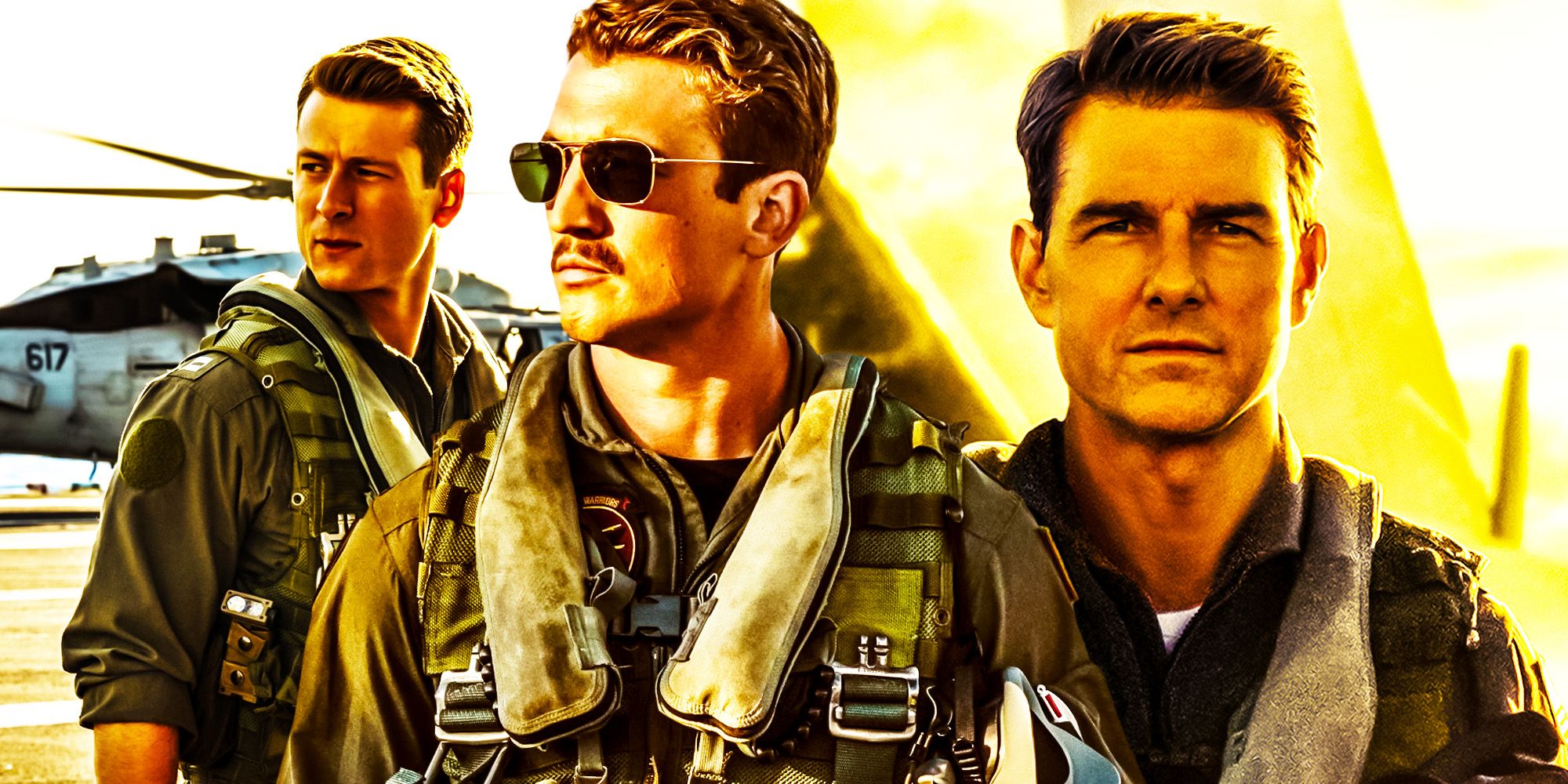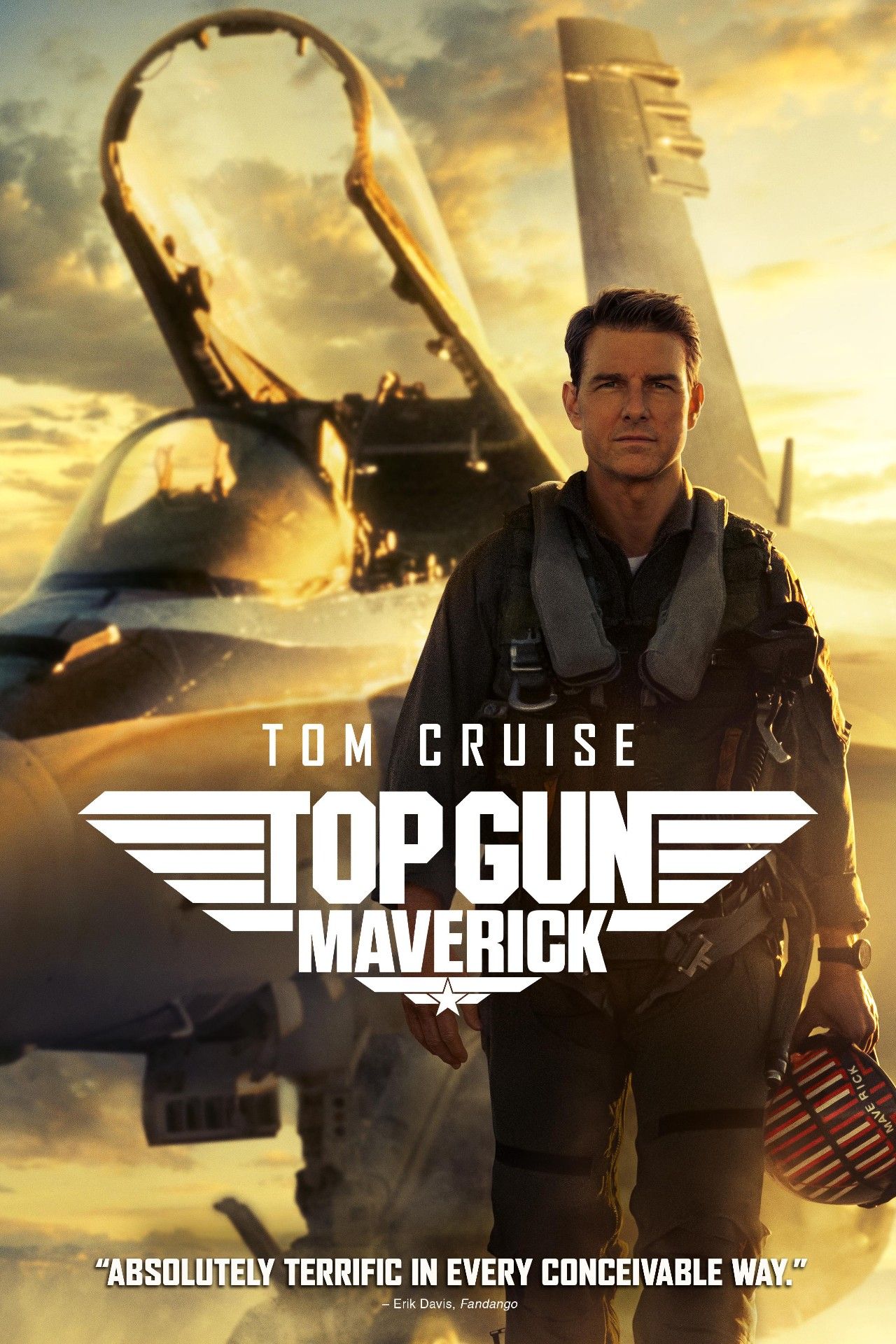Top Gun was a huge success with audiences, but how did one of the most famous navy movies affect the recruitment rates of the real-life Navy? Released in 1986, Top Gun was a big hit with viewers when it arrived in theatres. The fast-paced tale of Maverick, a feckless test pilot with an infamous “need for speed,” turned Top Gun director Tony Scott into one of Hollywood’s most in-demand action auteurs and made a major star of its emerging leading man Tom Cruise.
The action of Top Gun made life in the Navy seem glamorous, a high-octane parade of thrills and spills that could seduce any viewer. As if to prove this point, the success of Top Gun soon translated into a huge increase in real-life recruitment rates for the Navy. Of course, not every wannabe Maverick made it through basic training upon experiencing the reality of life in the Navy, but Top Gun was still able to spike the institution’s popularity in only a year after the movie’s release.
According to the US Navy, the box office success of Top Gun saw their recruitment rates balloon by a massive 500% in the year following the original movie’s release. This swell in numbers was due in no small part to the institution’s ability to tap into Top Gun fever when viewers of the most popular of all navy movies were still at their most zealous and over-enthusiastic — as they walked out of the multiplex. The U.S. Navy set up recruiting stations outside of movie theaters when Top Gun was released, catching potential recruits as they left the cinema hyped up by the movie’s dramatic climax. The strategy paid off, as the Navy soon had its highest number of applications in years.
It Was Always Known Top Gun Would Make The Military Attractive
While few executives could have guessed how successful Top Gun would be before the navy movie’s release, one particularly canny potential star knew how alluring the movie could make the military seem. Future Full Metal Jacket star Matthew Modine turned down the role of Maverick not because he disliked the script, but because he thought the movie would be used as a recruitment tool for the real-life military (as a pacifist, Modine’s politics didn’t align with those of the US Navy). The star turned out to be right, with Top Gun causing not only a real-life change in the Navy’s recruitment rates but one of massive, unforeseen proportions.
Full Metal Jacket would go on to offer a less glamorous and more grounded vision of life in the military, but Top Gun remains a beloved cult classic decades after its release precisely because of the movie’s over-the-top and escapist take on the institution. As many viewers guessed, the real-life Navy does not have trophies and pilot rankings, both of which Top Gun invented to make the movie’s story more akin to a triumphant sports movie than a traditional war film. Top Gun: Maverick effectively recreated the hype of the original film and could have the same effect on military recruitment.
The Navy And Air Force Are Actively Using Top Gun 2 To Drive Recruitment
It's still too early to tell whether Top Gun: Maverick has had the same impact on military recruiting as its predecessor, but both the Navy and the Air Force have been doing their best to capitalize on its box office success. With breathtaking action sequences, nostalgia galore, and another compelling leading man in the form of Goose's son (Miles Teller's Rooster), Top Gun: Maverick made military flying look cool again. And just as before, recruiters from multiple military branches took the opportunity to set up shop outside theaters across the country and seize potential candidates. With military recruitment currently at a dismal low, the Top Gun sequel could provide the boost the Armed Forces are looking for, but only time will tell.




